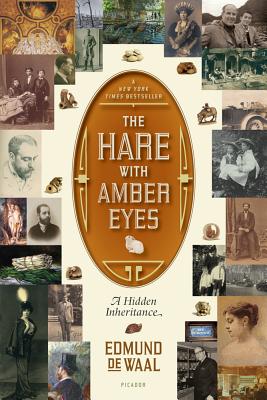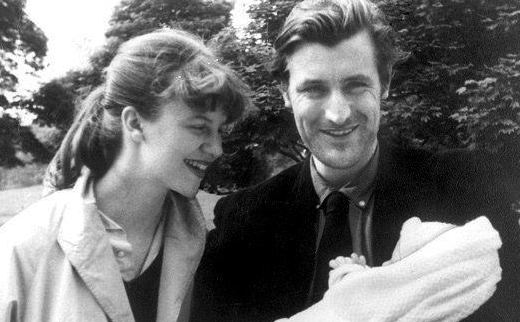Writing in the first person takes courage. Writers need to express an attitude (tone) that invites a reader into the the writer's world. Neither bravado nor its reverse, acute self-effacement, draws readers. The first person essayist needs to be what could be called a good interviewee--a people pleaser as well as an honest reporter of self. And not a sell-out. That's hard to do.
Because writers are often cursed with self-doubt while composing, they are frequently told to turn off the "inner editor," to get into the zone and not think about a reader's possible reaction (write as though no one is reading, so to speak).
In an article in yesterday's New York Times Magazine, called "Junot Diaz Hates Writing Stories," Diaz is asked "how to unbraid the critical and the creative." He answers,
You've raised one of the thorniest dialectics of working, which is that you need your critical self: without it you can't write, but in fact the critical self is what's got both feet on the brakes of your process.
Writing fiction, as Diaz does, or nonfiction challenges writers to learn to jettison self-consciousness, to be unconscious of our need for others' endorsement. Even those who have full confidence in their ideas know they are writing for a reader. The work has to sell--figuratively and literally.
Nearly all writers want to be alone in self-imposed solitude and write "for themselves." In the fall edition of Bookforum, Gideon Lewis-Kraus reviews David Foster Wallace's recent work in "Viewer Discretion," saying that DFW "was at his best when he kept in mind that his work was doing something for himself as well as doing something for the reader."
The review explores Wallace's obsessive exploration of the relationship between desire and resentment, pointing out that we often come to resent those whose approval we seek. Lewis-Kraus says "The real work of [DFW's] writerly life has been to overcome the dilemma of self-consciousness, of a self caught between forlorn pandering and pedantic resentment." He says DFW believed that nonfiction writers "have to perform the overcoming of contempt." So doing something for the reader, perhaps, keeps the writing balanced and purposeful.
The more praise a writer gets, the more he or she has to figure out how to decode it. When we think any sort of praise is undeserved, we begin to dismiss it as pandering. I too find it difficult to trust the source and motivation for praise. It's often both surprising and implausible to me. Early in my teaching career I was told to ignore both the highest praise and the lowest criticism. It worked well for me and it works for reactions to one's writing.
Similar to Ted Hughes' belief (last week's post) in honoring the attitude of the inner child, DFW talks about his admiration for David Lynch's films where "a child's ingenuous (and sociopathic) lack of self-consciousness" shows the antithesis of caring too much for others' opinions. Lynch shows disparate realities and expects his viewers to make the whole.
So a balance of caring and not caring, of writing for the self and for others, is a complete conundrum, one we each have to work through independently, in a way that enables fluency and confidence.
Finally, toward the end of this enlightening article, Lewis-Kraus describes the paradox for David Foster Wallace:
Work like [DFW's] makes us experience the tension he felt all the time: how to be alone, how also to be together.



























